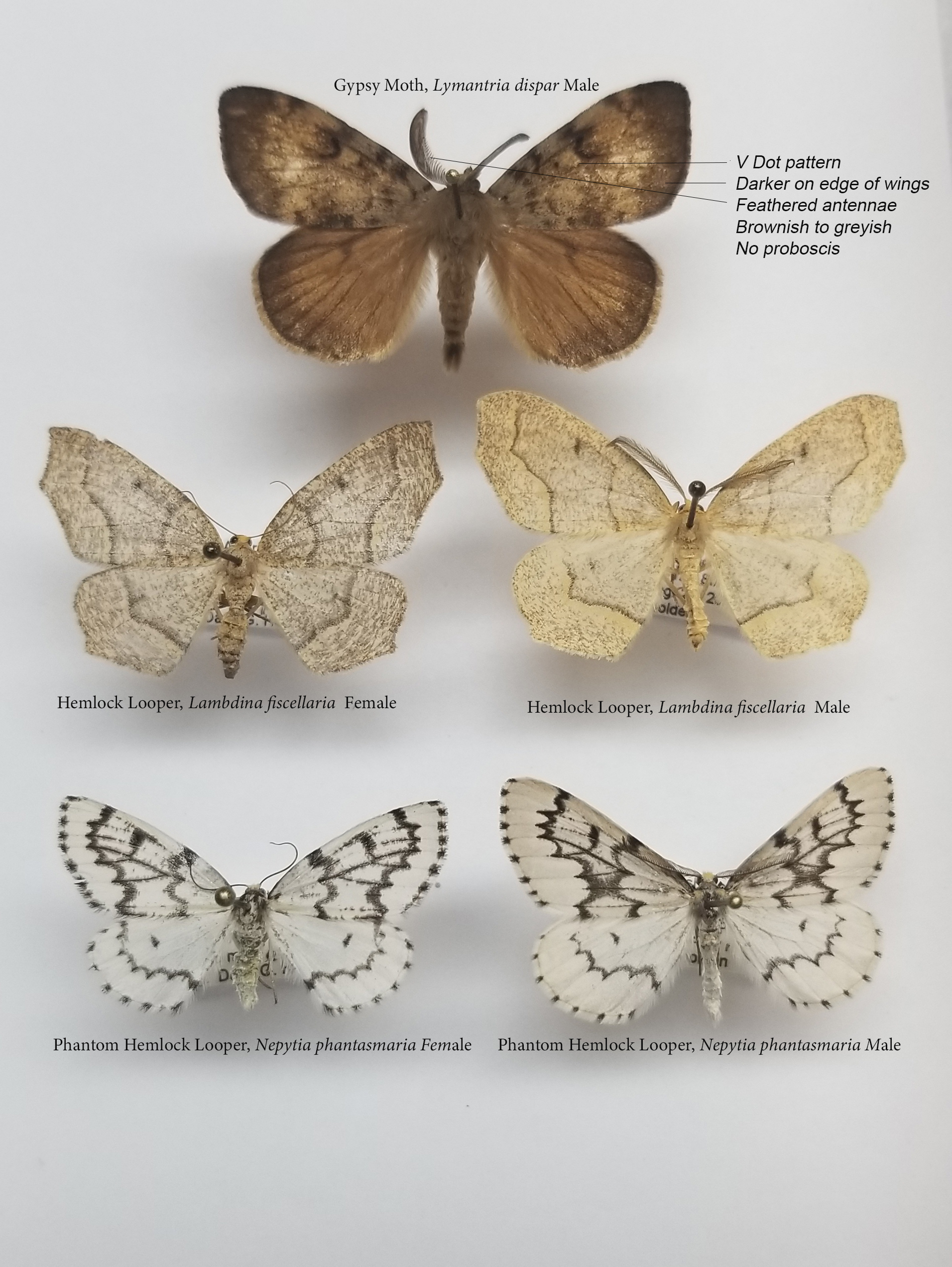Annual spraying updates
Summer 2025 Defoliator Spray Program
The Ministry of Forests, Thompson Okanagan Region, is planning to aerially spray up to 45,000 hectares of Douglas-fir forest to reduce the populations of western spruce budworm. Spraying will occur between June 15 and July 15, with the biological insecticide Foray 48B (active ingredient Bacillus thuringiensis var. kurstaki (B.t.k.)): Proposed Treatment Spray Blocks (JPG, 543KB). A Notice of Intent to Treat and Final Treatment Map(s) will be posted on this website.
2025 Spongy Moth Eradication Spray Program
There are no planned spongy moth eradication spray treatments planned for spring 2025. More information will be posted on the spongy moth news page: www.gov.bc.ca/spongymoth.
Summer 2024 Defoliator Spray Program
The Ministry of Forests, Thompson Okanagan and Cariboo Regions, will aerially spray up to 45,000 hectares of Douglas-fir forest to reduce the populations of western spruce budworm. Spraying will commence on June 25th in the Thompson Okanagan and be completed the week of July 1st. Spraying in the Cariboo will commence upon completion of spraying in the Thompson Okanagan and the start date will be announced on this webpage.
The biological insecticide Foray 48B (active ingredient Bacillus thuringiensis var. kurstaki (B.t.k.)) is the product being applied. Please review the Notice of Intent to Treat 2024_Thompson Okanagan (PDF, 54KB), Treatment map_Merritt (JPG, 135KB), Treatment map_Kamloops (JPG, 138KB) as well as the Pest Management Plan of the Southern Interior Area (PDF, 3MB) for more details.
View a table with the hectares sprayed (PNG, 30KB) for Western Spruce Budworm in the Thompson Okanagan Region.
Spring 2024 Spongy Moth Eradication Spray Program
Trapping and monitoring results from 2023 indicate spongy moth populations are establishing in various locations across the province and require eradication. Thirteen aerial sprays are required to eradicate this non-native, invasive species. For more information and program updates, please visit the spongy moth news page: www.gov.bc.ca/spongymoth.
Summer 2023 Cariboo Defoliator Spray Program
The Ministry of Forests, Cariboo Region, is planning to aerially spray up to 40,000 hectares of Douglas-fir forest to reduce the populations of western spruce budworm. Spraying will occur between June 15 and July 15 with the biological insecticide Foray 48B (active ingredient Bacillus thuringiensis var. kurstaki (B.t.k.)). Please review the Notice of Intent to Treat.PDF and Treatment Map.PDF for more details.
Summer 2021 Defoliator Spray Programs
Building populations of western hemlock looper, western spruce budworm and Douglas-fir tussock moth were actively managed throughout the Southern Interior through the aerial application of Foray 48B (active ingredient Bacillus thuringiensis var. kurstaki (B.t.k.)). For more information on the spray programs view the Notice of Intent to Treat for each Region:
- The Thompson Okanagan Region aerial sprayed Btk to manage building populations of western hemlock looper and western spruce budworm: Notice of Intent to Treat.PDF; TOR Spray Blocks 1-6.PDF; TOR Spray Blocks 7-12.PDF
- The Kootenay Boundary Region aerial sprayed Btk to manage building populations of western hemlock looper to mitigate impacts to forest stands and to mitigate impacts on Caribou habitat: Notice of Intent to Treat.PDF
- The Cariboo Region aerial sprayed Btk program to manage building populations of western hemlock looper and Douglas-fir tussock moth: Notice of Intent to Treat.PDF; Proposed Cariboo Spray Blocks Map.PDF
Western Hemlock Looper and Phantom Hemlock Looper Outbreaks: September, 2020
Forests on the Sunshine Coast and Lower Mainland are currently experiencing western hemlock looper (Lamdina fiscellaria lugubrosa) and phantom hemlock looper (Nepytia phantasmaria) outbreaks. Both loopers are native defoliators. During the summer the looper caterpillars defoliated a range of conifer hosts, and now the adults (moths) are flying and visible around many homes and green spaces.

Photo credit: Dave Holden, CFIA
Section 24(2)(g) of the Integrated Pest Management Regulation requires a Pest Management Plan (PMP) for insecticide use for native insect pest management on more than 50 hectares / year of public land. Review the upcoming PMP for the Southern Interior:
Contact information
Contact us if you have questions about Forest Health in B.C.
